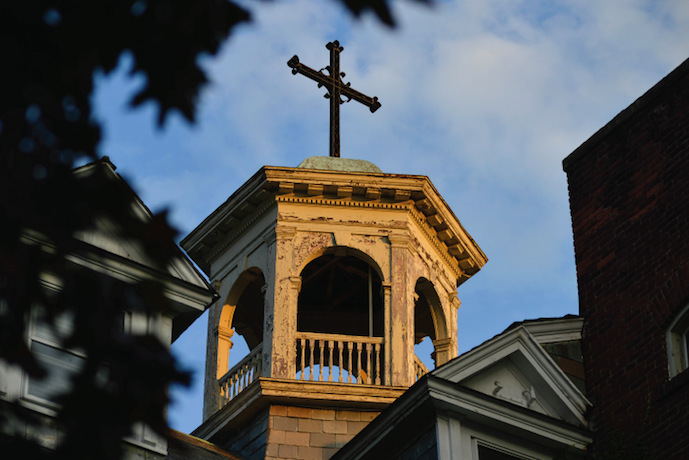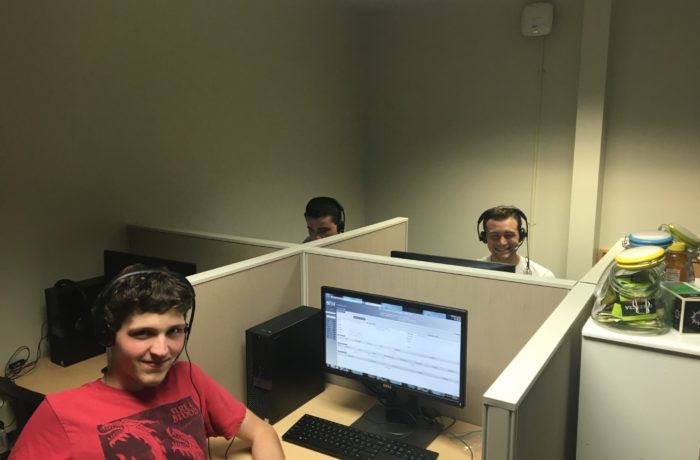By Matthew Pramas
St. Michael College is shrinking. Other schools like St. Michael’s are suffering from similar declines in enrollment, both regionally and nationally. There are 457 students in the incoming cohort, according to Sarah Kelly, vice president of enrollment. This is the smallest class in 15 years, 10 percent smaller than last year’s incoming class.
That number includes 39 transfer students and additional students from the academic English program who have matriculated to full time students. The first year class enrollment is 408, said David Barrowclough, assistant dean and registrar.
St. Michael’s and many schools like it face lower high school graduation rates in key demographic regions, namely New England, where birth rates have leveled off, creating a decline in numbers of prospective college students.
Another pressure on private, four year colleges is cost. “If you can go to a public institution for half or less than half the cost [of a private college], that is the first competitor for us,” said Tara Natarajan chair of the economics department. She added that growing income inequality and the effects of the last recession have made going to college for middle class students harder than ever.
On top of cost and demographics, students now apply to more schools than they have in the past, creating fiercer competition and pressure to give more financial aid. “In the midst of all of these different pressures, there is also a constant haranguing of the press about liberal arts education being not outcome [driven] enough and not professionally preparatory enough,” Kelly said. “Liberal arts colleges in general haven’t done a good enough job about talking about our outcomes,” Kelly said.
In light of these efforts, “our academic profile over the past few years has gotten better,” Kelly said. The student population waned faster than faculty leaving, bringing additional strain at a difficult time. Kelly said that the school is “trying to be humane, trying to do the right thing and so it’s resulting in some lean times.”
In attempts to get enrollment back on track, efforts to expand the applicant pool are in place, Kelly said. “We’ve started to develop solid markets in the mid-Atlantic region,” Kelly said. “We have consistent results in California, Colorado, Minnesota, [and] Florida.”
Mike Bosia, professor of political science, sees a chance for the school to put greater effort into ethnic and racial diversity, not just regional. Bosia argued that some of the school’s current problems are “a reflection of our enculturation as an institution.” He said he considers the rising Latino population an essential demographic. Latino high school graduation rates are predicted to rise by 50 percent in the near future, combined with the Catholic and social justice roots of the college, which could appeal to many young Latinos.
Bosia has considered numerous marketing strategies including employing a one-flight concept, appealing to regions with direct flights to Burlington, appealing to Virginia and Georgia where there are high Latino populations, and to African American skiing team niches like the National Brotherhood of Skiers. Bosia foresees these strategies both filling admissions slots and a gap in diversity. Natarajan encouraged international student recruitment. “Expanding internationally is a must,” Natarajan said, while also questioning why greater outreach is not employed to South Asia and Latin America.
According to Kelly, St. Michael’s is already taking active steps to attract Latino application pools, with the addition of new counselors, almost half of whom are bilingual. “We also have a multicultural recruiter, Carlos Vega, and we have a presidential community partnership program that works with several schools with heavy Latino populations.”

